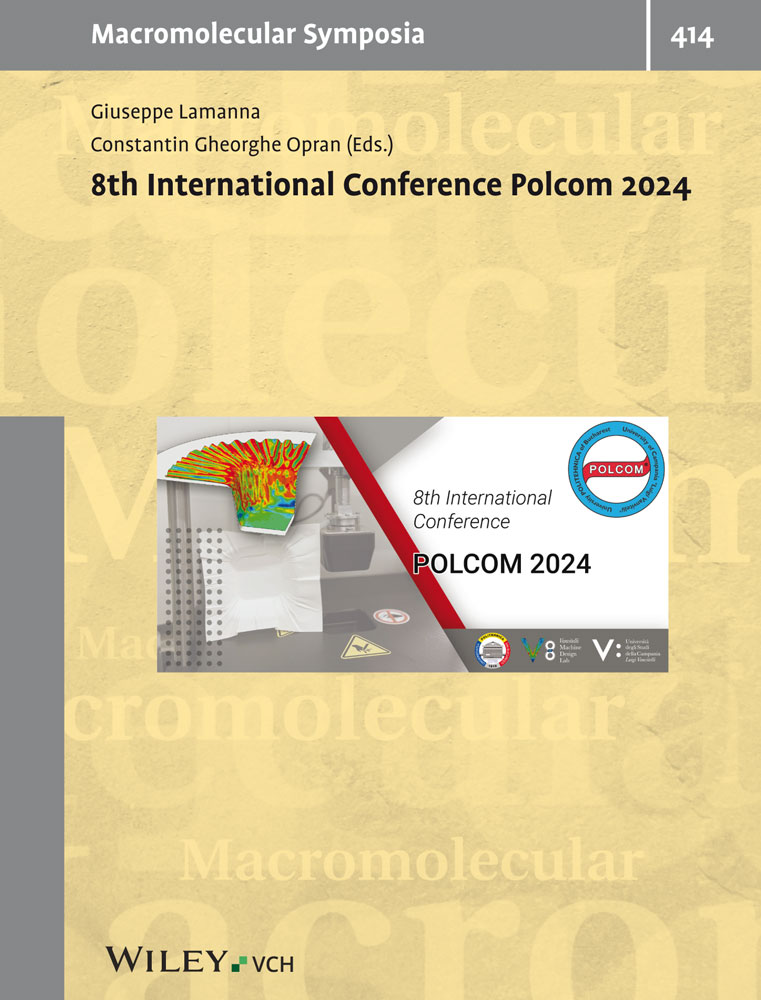Mechanical and rheological properties of poly(ethylene-co-ethyl acrylate) as a function of carbon black content
Abstract
Carbon black (CB) filled poly(ethylene-co-ethyl acrylate) (EEA-CB) is used as conductive phase in conductive polymer composites (CPC). Electrical conductivity of CPC obtained from blends of immiscible polymers results from CB particles localization within the material, which depends on composition and processing conditions. It is particularly important to control viscosity of such systems as this parameter determines both the phase morphology and conductive pathway structure. The small scale, at which CB particle aggregation/dispersion phenomena occur within CPC, makes direct observations difficult. But the effect of carbon black particles/polymers interactions is clearly visible by means of rheological measurements.
A strong reinforcing effect of CB on CPC in both solid and liquid states has been noticed. This phenomenon has been analyzed using classical models as a function of temperature and CB content. The results confirm the necessity of CPC rheology control especially during the process to achieve good reproducibility of electrical properties.




